2020 was my year of ‘unlearning.’ As I wrapped up an MFA-creative writing course by the end of the year, I understood how unlearning facilitates making space for new learnings. Books by Lisa Cron taught me how to write a compelling story, Robert McKee honed my dialog writing skills, and Charles Baxter enlightened me on the ‘show, don’t tell’ aspect of storytelling as I aced one topic after the other. Hola! I got my certificate and was ready to introduce my honed craft to the world.
Or so I thought! No one told me that the craft of writing or any form or creativity crumbled if the creator wasn’t aware of the necessary skills for survival. During this period, I discovered four books that taught me ways to nurture my creativity and conquer my fears and insecurities as a writer.
Big Magic by Elizabeth Gilbert
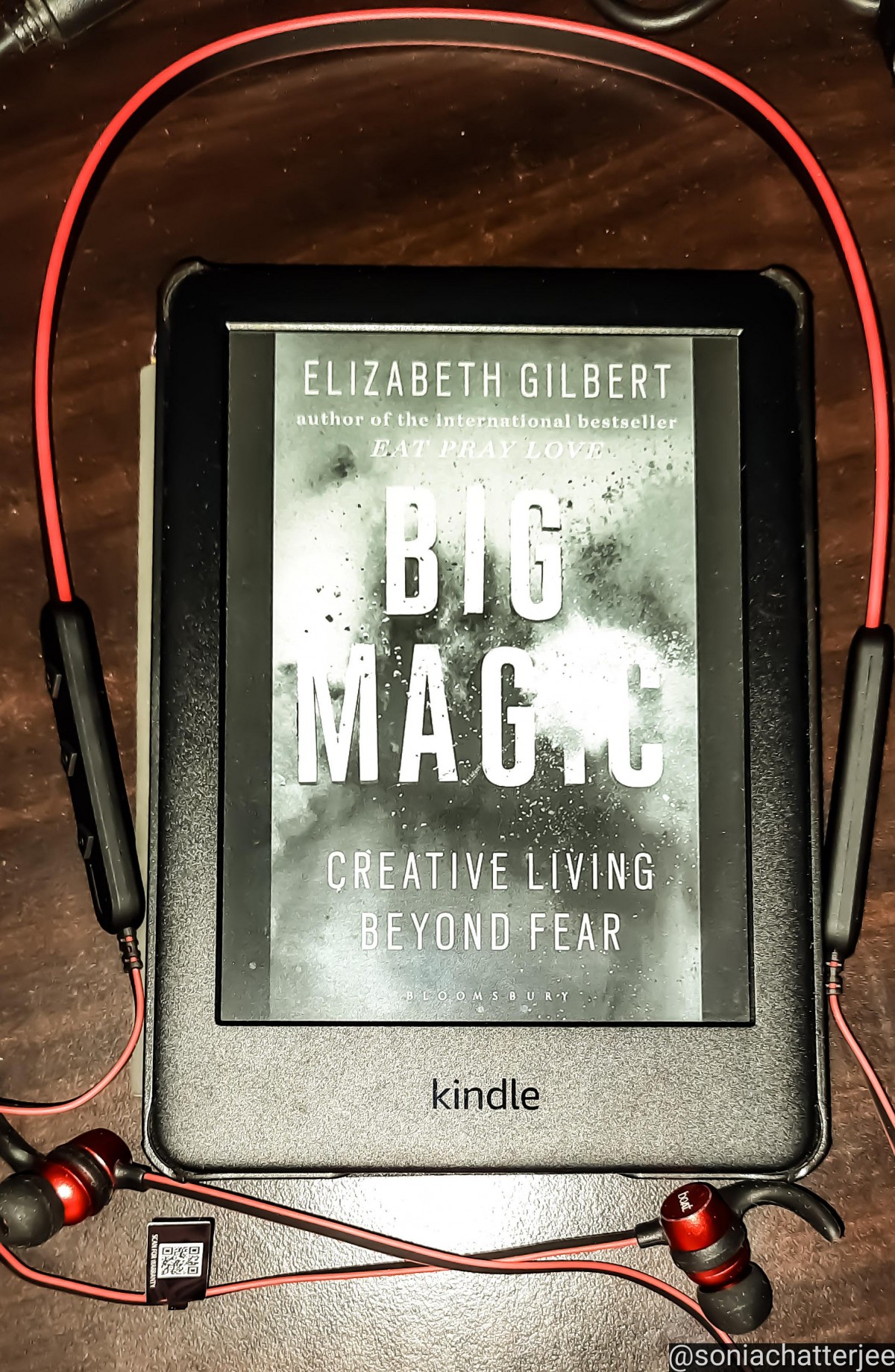
Gilbert is the famous author of the bestseller Eat, Pray, Love, with multiple other books. Big Magic is her attempt to connect humans with creativity beyond the realms of fear. The book highlights five essential ingredients for creativity – courage, enchantment, permission, trust, and divinity. The theme revolves around the question, “do you have the courage to bring forth the treasures that are hidden within you?” She asks a creator to acknowledge her fear and allow it to co-exist with creativity, yet never let it take the lead. It was refreshing to see her emphasize how people don’t need anyone’s permission to lead a creative life. She keeps reiterating that we shouldn’t stop creating, irrespective of the outcome and despite anxieties, uncertainties, and insecurities.
Inspiring quotes from her book
- A creative life is an amplified life. It’s a bigger life, a happier life, an expanded life, and a hell of a lot more interesting life.
- You can measure your worth by your dedication to your path, not by your success or failure.
- How you manage yourself between those bright moments, when things aren’t going so great, is a measure of how devoted you are to your vocation, and how equipped you are for the weird demands of creative living.
My takeaway from her writing
I live by her words, “Work with your heart, because if you show up for your work day after day after day after day, you might just get lucky enough some random morning to burst right into bloom.” On days when my perfectionist self served as a hindrance to my creative soul, I heard her say, “A good-enough novel written now is better than a perfect novel meticulously written never.”
Writing down the Bones by Natalie Goldberg
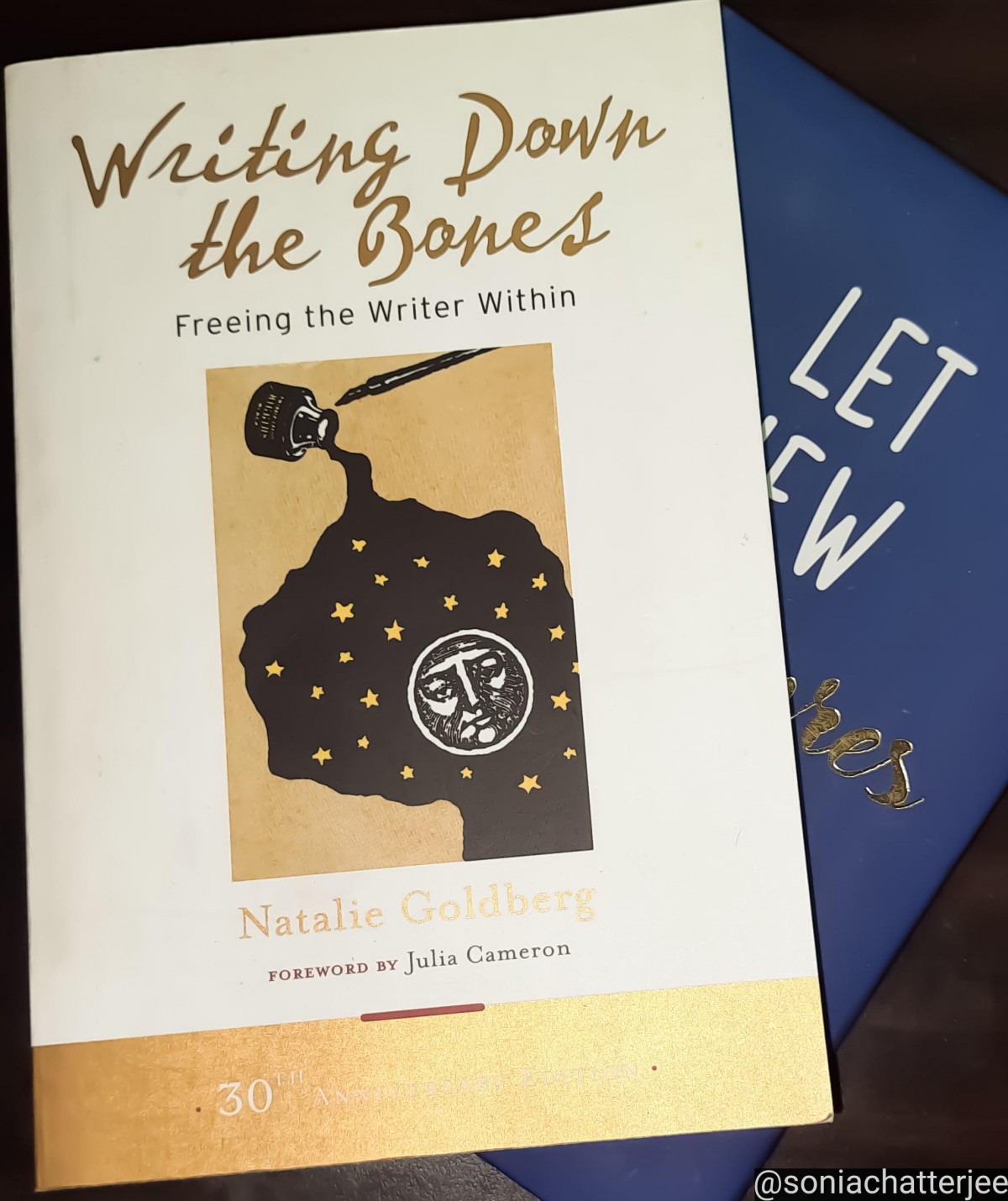
I read this book in June immediately after I finished writing my second book. I was pleasantly surprised to find Goldberg comparing the process of creating art to the Buddhist practice of zen meditation. This book enables an artist to develop a balanced approach. Through each chapter (which is short and crisp), the author offers some valuable practical ideas (like the power of detail) and practice exercises while drawing a parallel with zen practice. She stresses the importance of rereading and rewriting. She focuses on how practicing art (writing) is a process to penetrate life and stay sane.
Inspiring quotes from her book
- Trust in what you love, continue to do it, and it will take you to where you need to go.
- You can have a sense of artistic security. If you are not afraid of the voices inside you, you will not fear the critics outside you.
My takeaway from her writing
But my biggest takeaway from this book is her thought that anything we fully do alone is an alone journey, just like we are alone when we write a book.
Bird by Bird by Anne Lamott
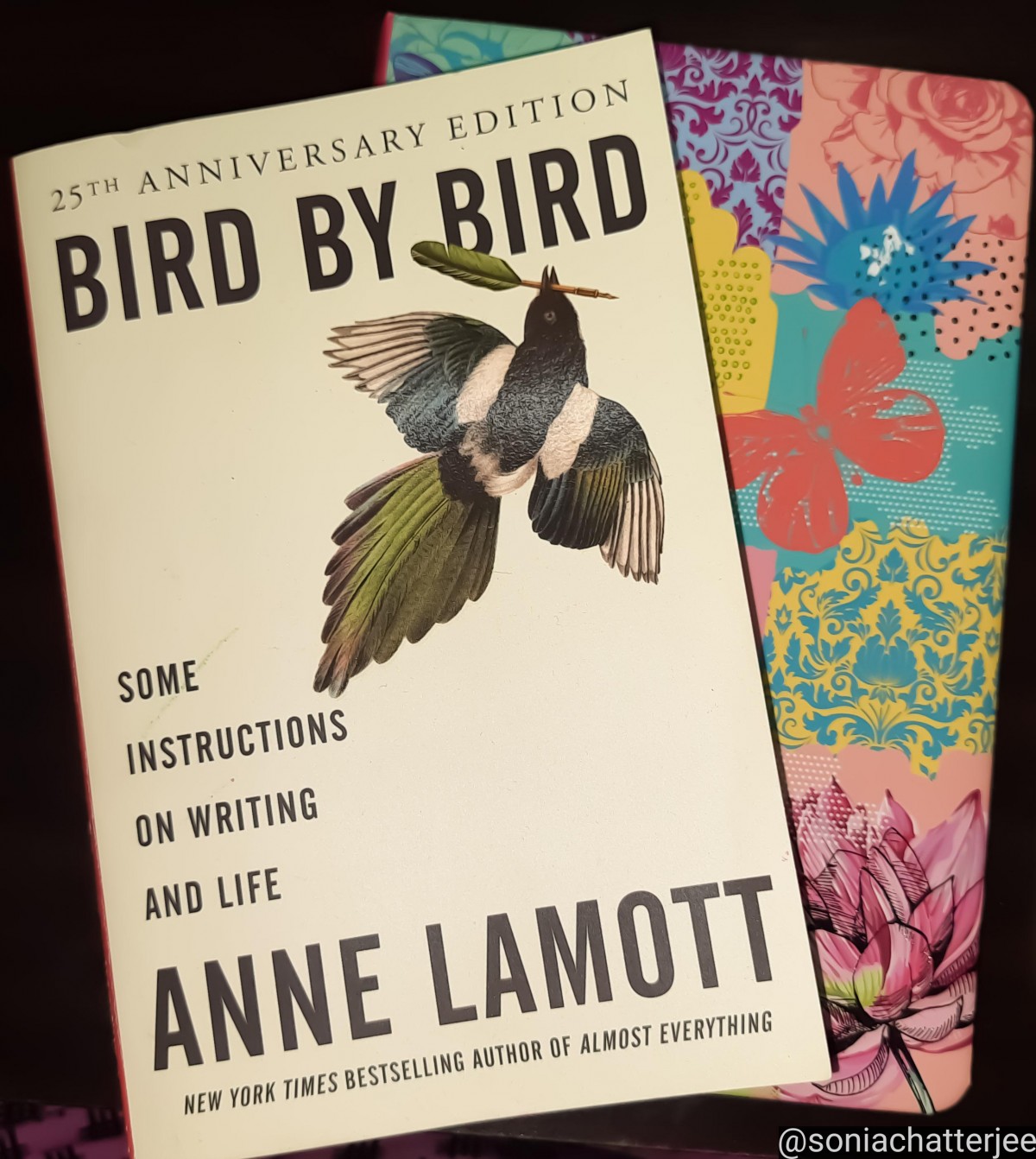
It’s the first-ever book on writing that I bought in 2018. Strangely, I couldn’t appreciate it then. Last month, I picked it up after reading Goldberg’s book. Lamott speaks about aspects of writing like shitty first drafts, short assignments, plot, characters, setups, and dialogs in brief. However, it’s primarily a book that deals with step-by-step instructions on living as an artist. The author makes it lively and enjoyable through her terrific sense of humor (handling jealousy is a topic).
The book is divided into five segments – writing, writing frame of mind, help along the way, publication, and the last class. Writing is a desperate endeavor, so she suggests that we needn’t always take ourselves so seriously. She breaks down the components of drama into setup, buildup, and payoff. She mentions practical methods like index cards, writing groups, beta readers, and writer’s block. It’s a feel-good book that advises a creator to stick on, even on days one feels hopeless and worthless.
Inspiring quote from her book
- There can be a great deal of satisfaction in being a writer, in being a person who gets some work done on most days, and who has been published and acknowledged. But you pay through your nose for this.
My takeaway from her writing
I can never get over how she compares creating art to raising a child. “Your child and your work hold you hostage, suck you dry, ruin your sleep, mess with your head, treat you like dirt, and then you discover they’ve given you the gold nugget you were looking for all along.”
The Artists Way by Julia Cameron
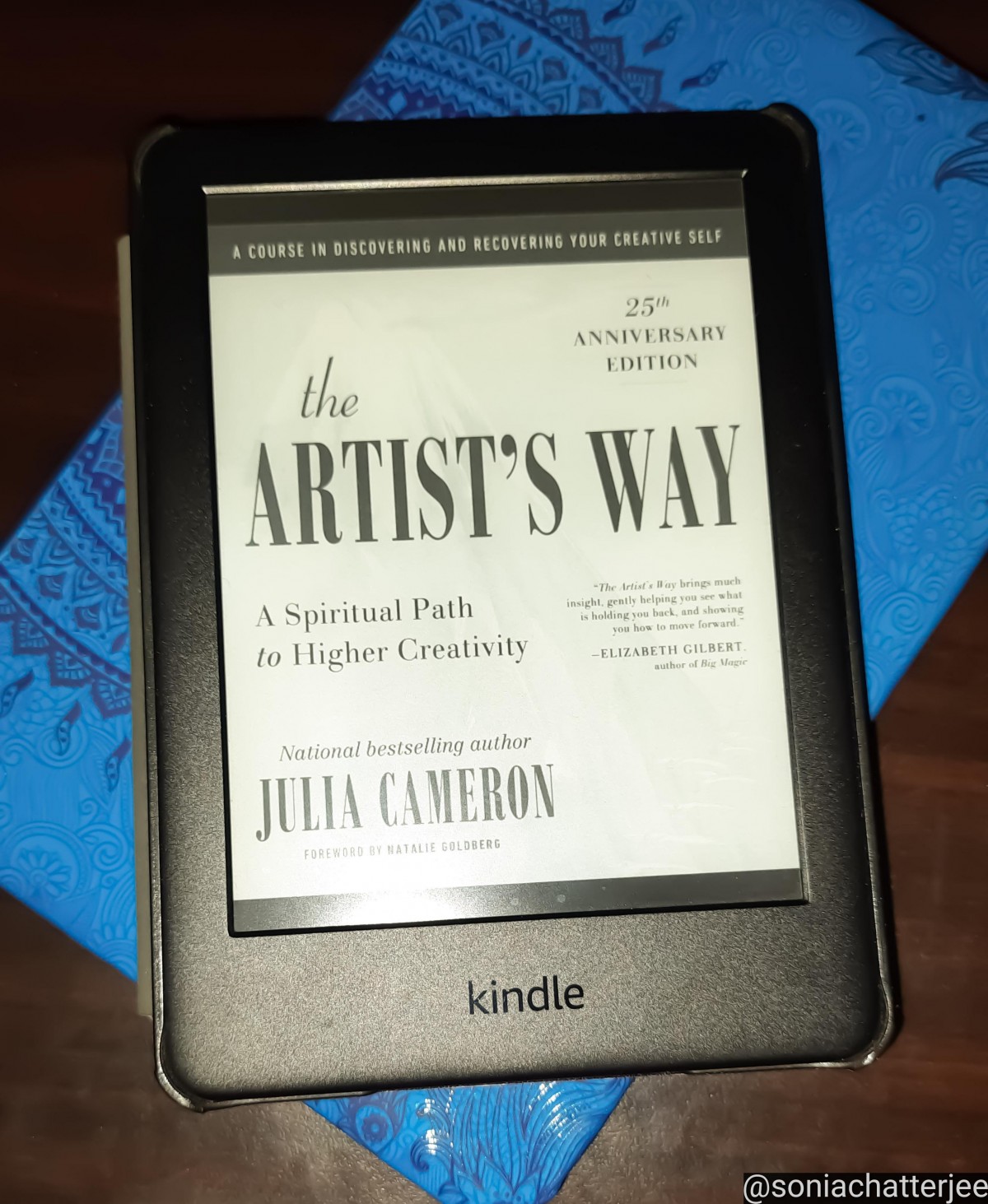
I call this voluminous nonfiction book the mother of all creativity guides. I began reading this book early this year, and my approach towards writing hasn't been the same. It guides an artist on the route to stay disciplined and committed to her craft through twelve weekly exercises while also advising her to nurture the artist inside us. The morning pages and the artist’s date are pivotal tools used in the book. Consistency in maintaining morning pages enables a creator to vent anger, fear, insecurities, and frustration. The book also comes with a handbook. However, the practice exercises and the contract for a guided tour towards creativity stay the same in both. Interestingly, these exercises encourage self-accountability, so she suggests a weekly check-in on every creative tool.
Cameron can’t stop speaking enough about the need to recognize, nurture, and protect our inner artist since it means that we can move beyond pain and creative constriction. She suggests finding ways to “recognize, and resolve fear, remove emotional scar tissue, and strengthen confidence.”
Inspiring quotes from her book
- Spending time in solitude with your artist child is essential to self-nurturing.
- In order to recover as an artist, you must be willing to be a bad artist. Give yourself permission to be a beginner. By willing to be a bad artist, you have a chance to be an artist and perhaps, over time, a good one.
My takeaway from her writing
After throwing away the negativity through freewriting on three pages every morning, I overcame my creator’s block. Every time I doubt my creative streaks, I recollect her words, “Leap, and the net will appear.” I have her words inscribed in my heart. “All too often, it’s audacity and not talent that moves an artist to center stage.”
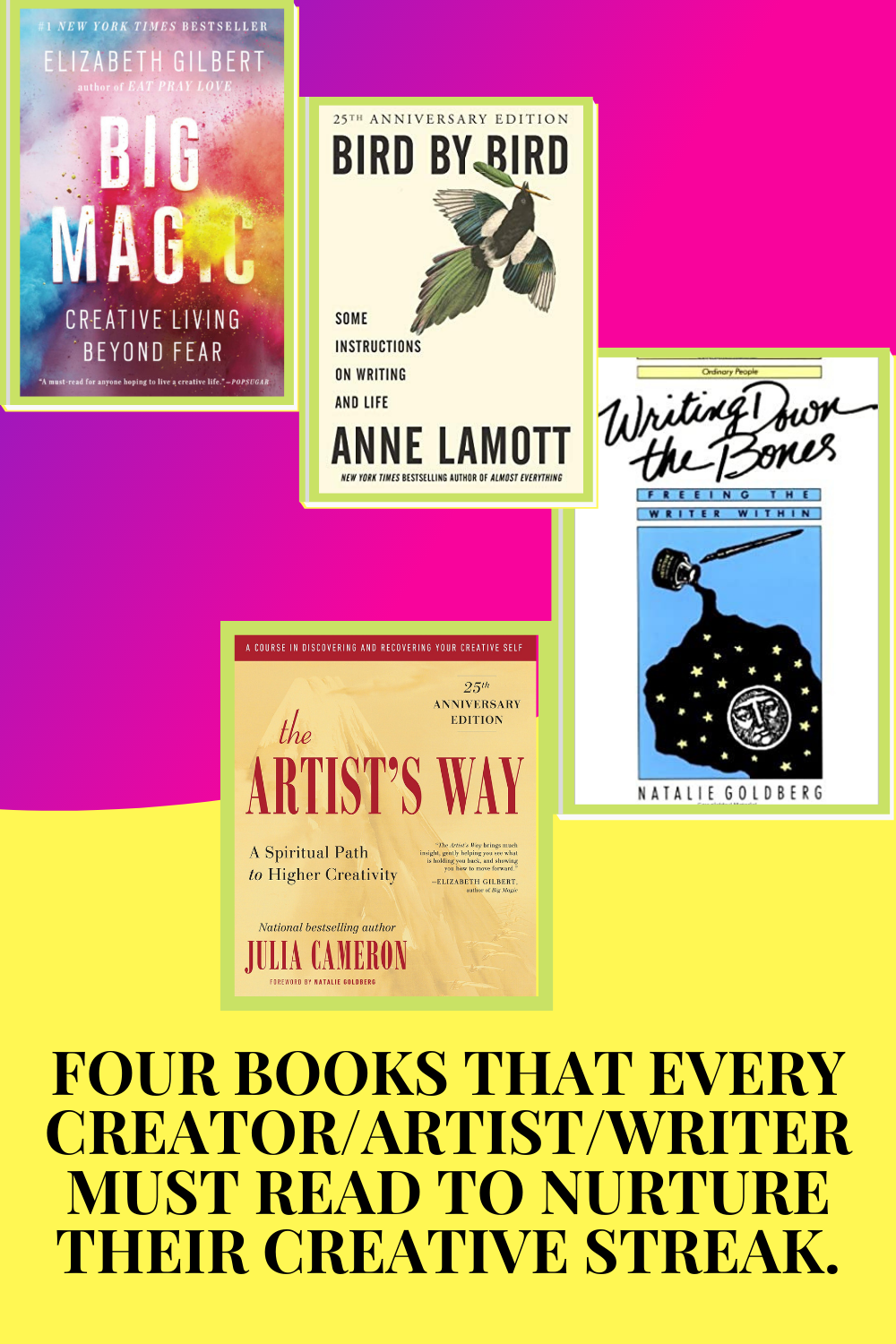
Each book led to a positive impact on my mind and writing. Some helped me gain a new perspective on life and craft. I read these books at different stages of life, under various circumstances. They provided me assurance, inspired me to carry on, and taught me how to keep the creative soul alive. It’s imperative to mention that I took my own time to grasp every word and absorb every author’s thought processes. After all, these aren’t books for a quick reading over the weekend; they're friends to cherish for a lifetime since they teach an artist how to lead a creatively enriching life.
For more nuggets on writing, check this.

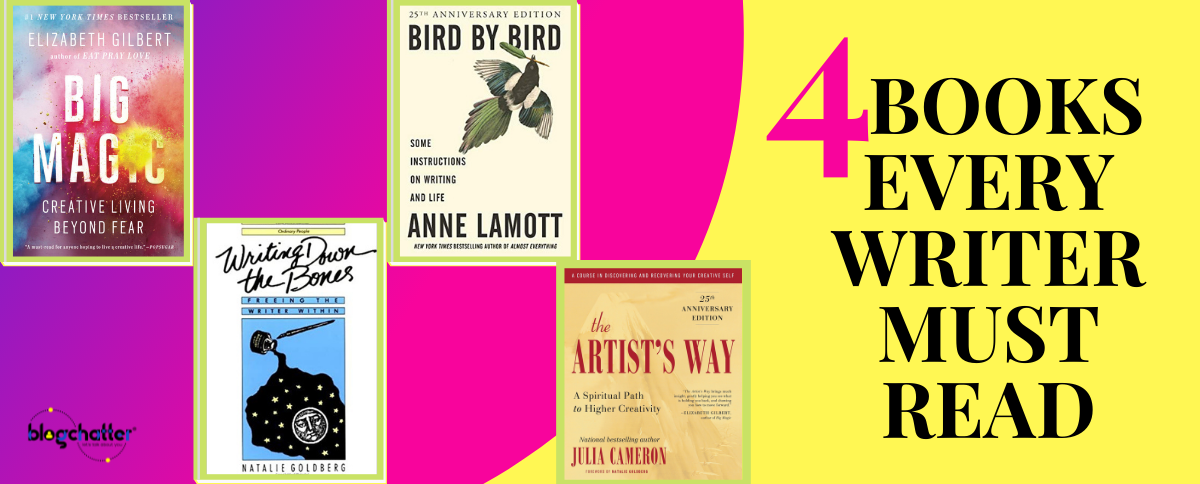
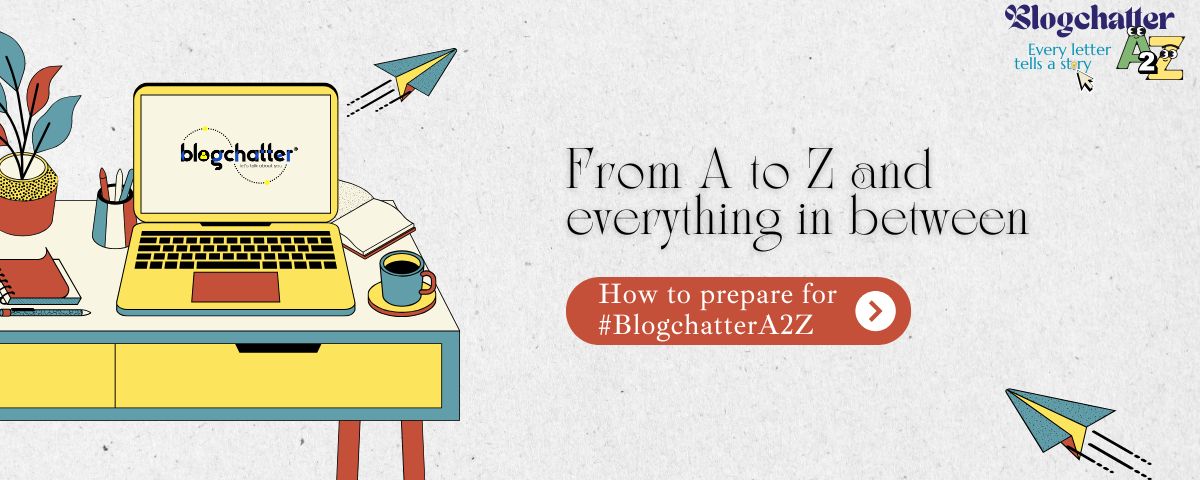
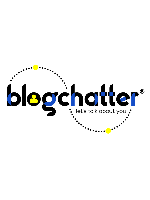
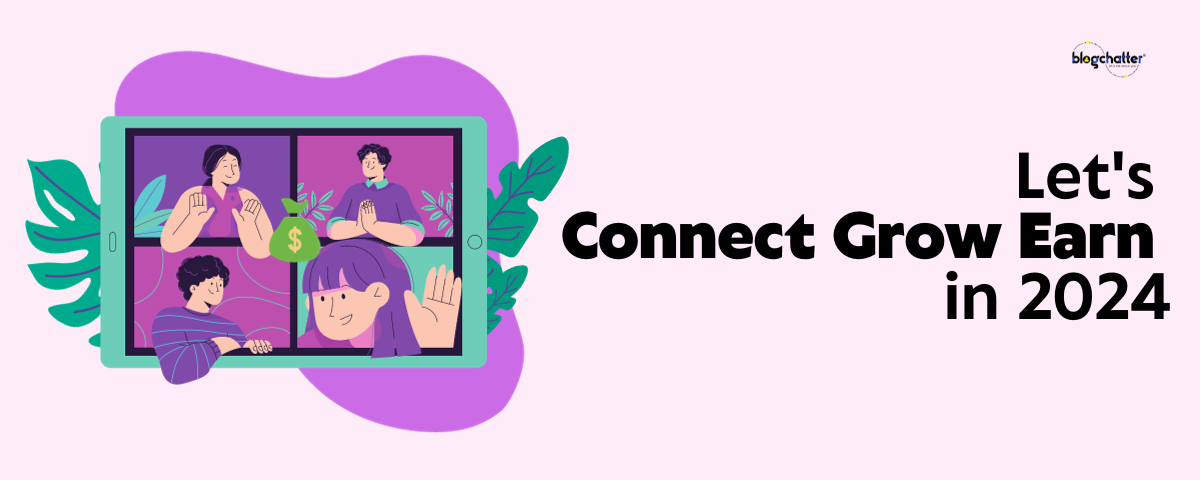
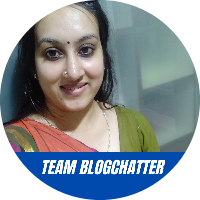
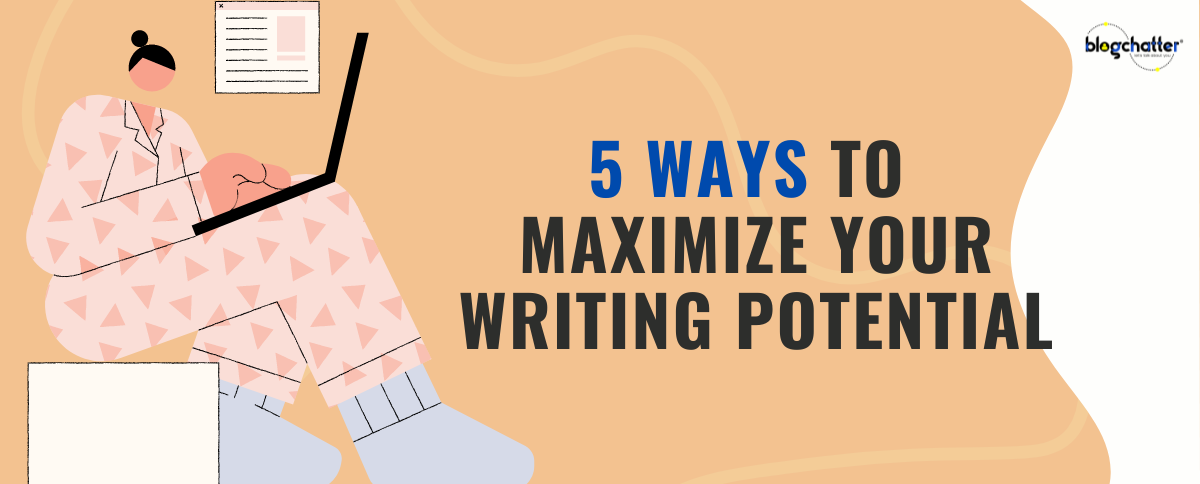
Comments
my reading list just got longer.
When I read this section of yours, I felt much of the questions I fight everyday as I write and create run in others' minds also. Your guidance on these books is surely going to help me in my long run of creativity. Creativity had been the subject of my interest, so these materials are going to be a blessing for me.
I've read three out of the four you have recommended. I own a copy of the fourth (Bird by Bird). I hope I will read it soon.
Thank you for such impactful reccomendations. Saved it. Hope to read soon.
Writing Down the Bones has caught my attention. I will be reading it soon.
I love big magic. Her city of girls is also so inspiring ????